Shade Garden
ohsugar
15 years ago
Related Stories
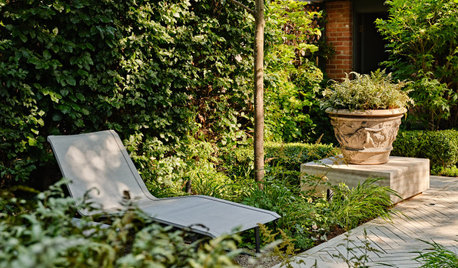
LANDSCAPE DESIGNHow to Create a Beautiful Shade Garden
Turn the cool, shady spot in your garden into your own quiet oasis
Full Story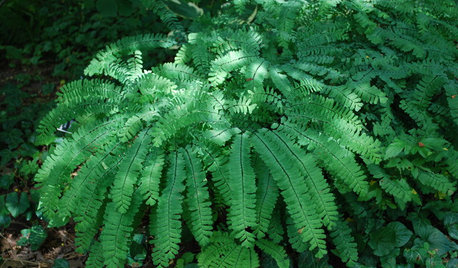
GARDENING GUIDESGreat Design Plant: Northern Maidenhair Fern Softens Shade Gardens
Stir up some romance in dark corners with the billowy fronds of native Adiantum pedatum
Full Story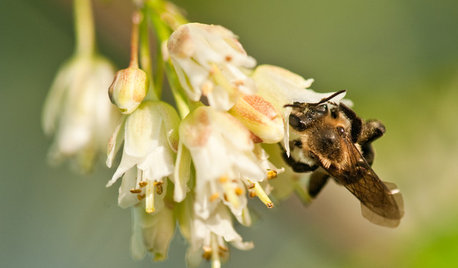
GARDENING GUIDESGreat Design Plant: Staphylea Trifolia Shines in the Shade
Plant American bladdernut for 3 seasons of interest: spring flowers and striped brown branches and bladder-like seedpods in fall and winter
Full Story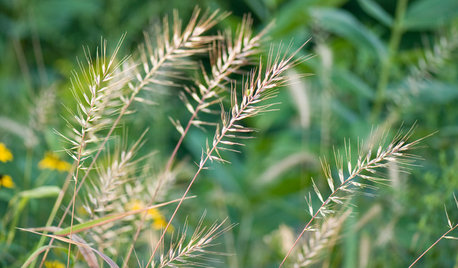
GARDENING GUIDESGreat Design Plant: Elymus Hystrix Thrives in Shade
Plant eastern bottlebrush grass in eastern U.S. woodlands or shade gardens for midsummer flower heads and blue-gray arching grass blades
Full Story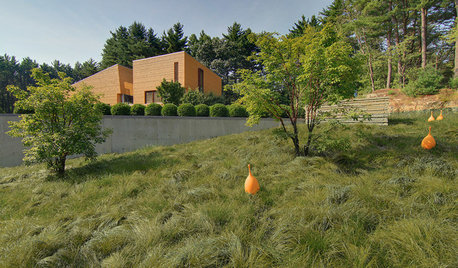
FLOWERS AND PLANTSCarex Pensylvanica Fills the Void in Dry Shade Gardens
Plant Pennsylvania sedge in eastern U.S. woodlands or dry shade gardens for spring flowers and softly textured bright green leaves
Full Story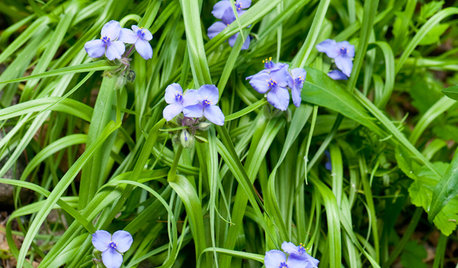
GARDENING GUIDESGreat Design Plant: Tradescantia Ohiensis Adds Shades of Blue
This reliable, adaptable U.S. native provides spider-like foliage and clusters of blue to purple flowers in Eastern gardens each spring
Full Story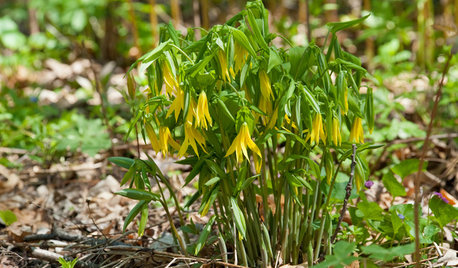
GARDENING GUIDESGreat Design Plant: Uvularia Grandiflora Thrives in Shade Gardens
Plant largeflower bellwort in eastern U.S. woodland gardens for its nodding, twisted yellow flowers in spring
Full Story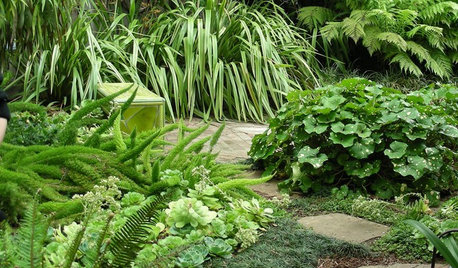
PLANTING IDEAS8 Sumptuous Shade Garden Plant Combinations
Enjoy these plant combinations made for spots with varying levels of shade and different garden zones
Full Story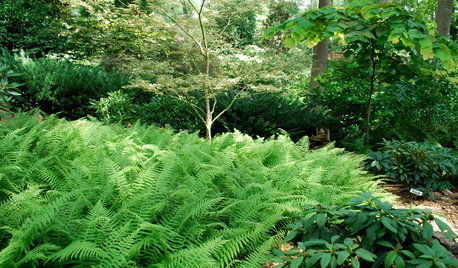
PLANTING IDEASFerns: A Shade Gardener’s Best Friend
Bring rich texture and contrast to a dark woodland landscape with wonderfully diverse ferns
Full Story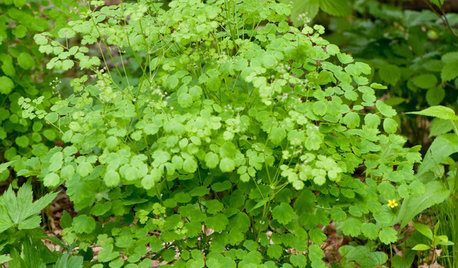
GARDENING GUIDESGreat Design Plant: Thalictrum Dioicum Thrives in Dry Shade
Plant early meadow-rue in eastern U.S. woodland gardens for its tolerance of dry sites and shade
Full StorySponsored






brandon7 TN_zone7
conniemcghee
Related Professionals
Hartford Landscape Contractors · Medford Landscape Contractors · Pottstown Landscape Contractors · Stoughton Landscape Contractors · Arlington Landscape Contractors · Canyon Lake Landscape Contractors · Lemont Landscape Contractors · Post Falls Landscape Contractors · South Farmingdale Landscape Contractors · Tamarac Landscape Contractors · West Coon Rapids Landscape Contractors · Eastlake Landscape Contractors · Suisun City Landscape Contractors · Austin Roofing & Gutters · Tampa Roofing & Gutterssteveh_2007
brandon7 TN_zone7
ohsugarOriginal Author
conniemcghee
brandon7 TN_zone7
Dave Townsend
Soeur
ohsugarOriginal Author
novice_2009